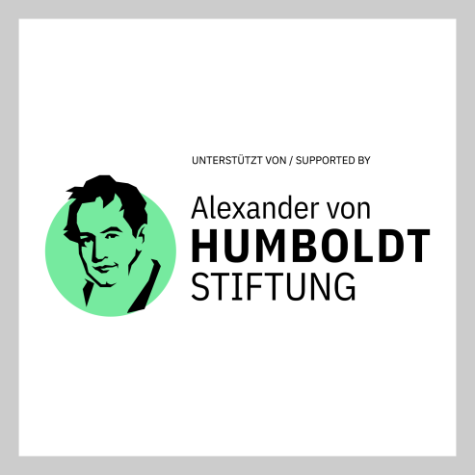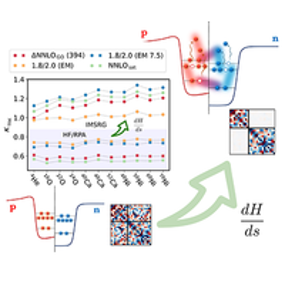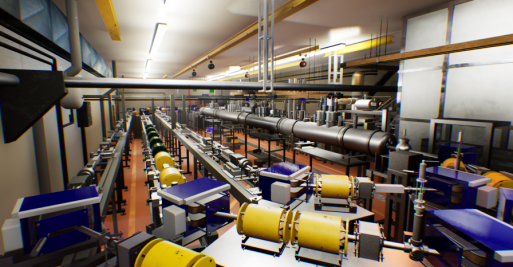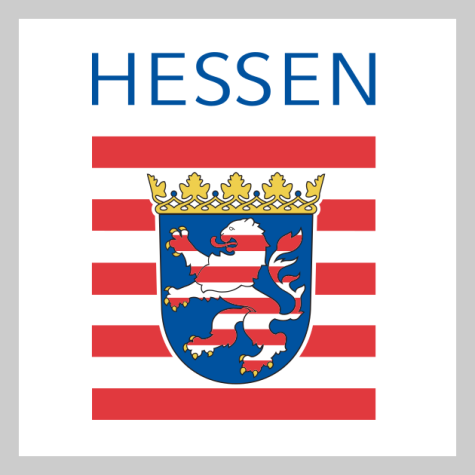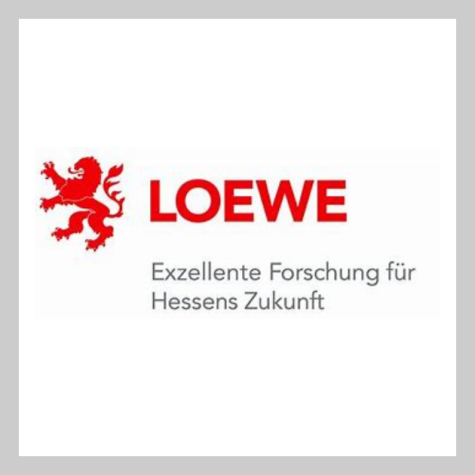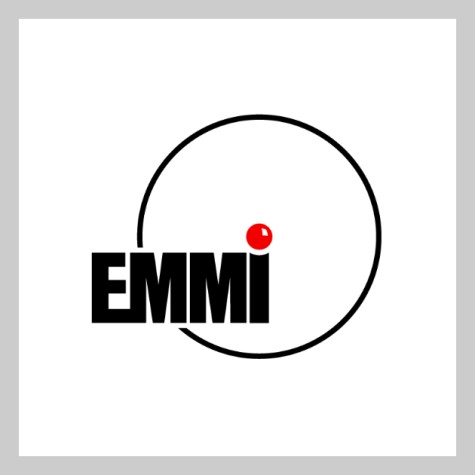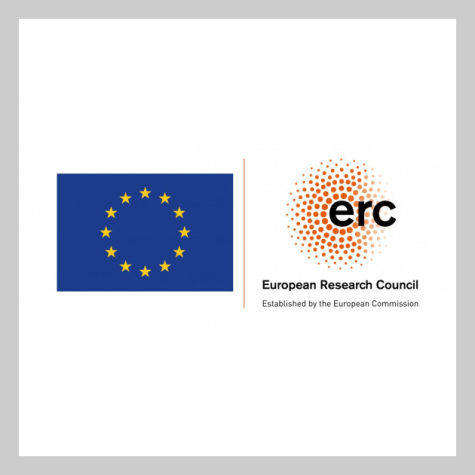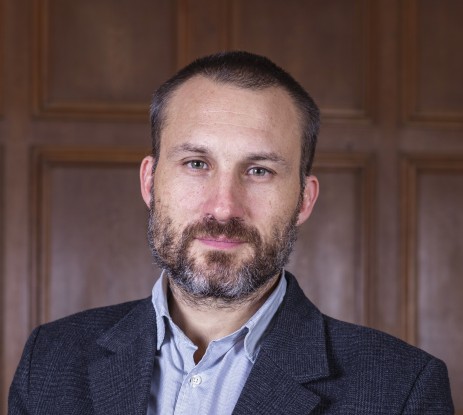Institute for Nuclear Physics

Institute for Nuclear Physics
Welcome
on the web pages of the Institute for Nuclear Physics (IKP) at the Technical University of Darmstadt.
We study and teach in the areas of nuclear structure physics, nuclear astrophysics, relativistic heavy-ion physics, plasma physics, astroparticle physics, accelerator physics and related fields in experimental and theoretical groups.
The IKP operates the Superconducting Darmstadt Linear Accelerator (S-DALINAC), various detector and targer laboratories as well as a Theory Center.
The Institute for Nuclear Physics is an essential participant in the research field M+M (Matter and Materials) of the Technical University of Darmstadt. It is an institute within the Department of Physics beside the Institute for Applied Physics and the Institute for Physics of Condensed Matter.
Experimentalists and theoreticians work closely together on a number of scientific topics.
Latest News
-
![]()
![]()
SFB 1245 publication highlighted as Editor's Suggestion
December 04, 2025
The publication “Impact of ground-state correlations on the multipole response of nuclei: Ab initio calculations of moment operators” (Phys. Rev. C 112, 054303) was highlighted as Editor's Suggestion.
-
![]()
![]()
Studying accelerator science
December 01, 2025
New trilateral master's program in physics at Rhine-Main universities – applications now being accepted
With the new trilateral master's program “Particle Accelerator Science” the Rhine-Main universities are pooling their expertise in accelerator science, which is unique in Europe. Starting in the summer semester of 2026, students will have access for the first time to a joint, internationally oriented program of study at three locations, covering the entire spectrum of this key technology. The closely interlinked exchange of research, teaching, and large-scale infrastructure creates a qualification profile that is unique in Germany.

Portrait of the Institute
The IKP was presented in the journal 'Nuclear Physics News'. The article can be found at
Virtual Tour
Visit the superconducting electron accelerator S-DALINAC virtually! The basic operation of the accelerator and its experiments is explained in this video.
More information can be found on the webpages of the S-DALINAC.
Funding and Collaborative Projects
